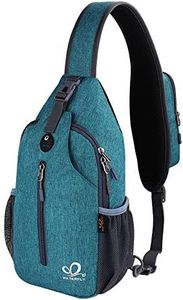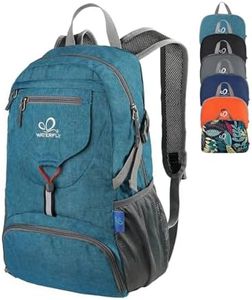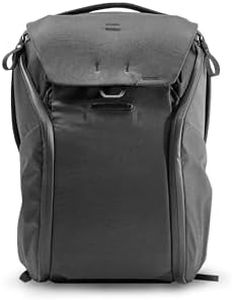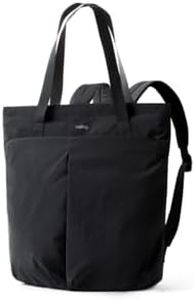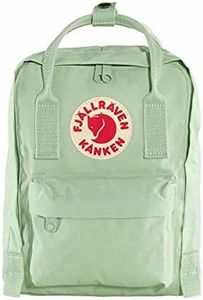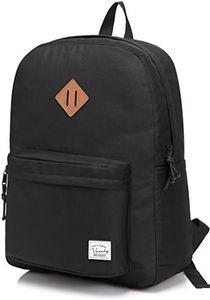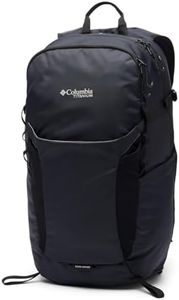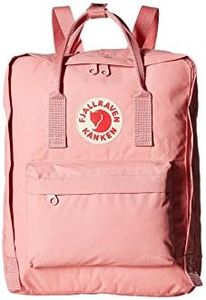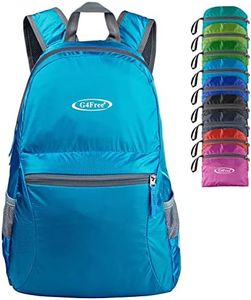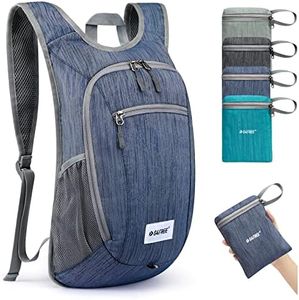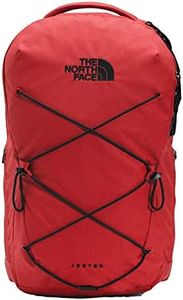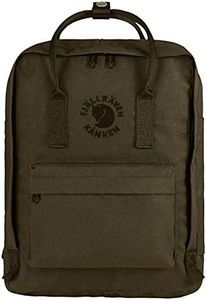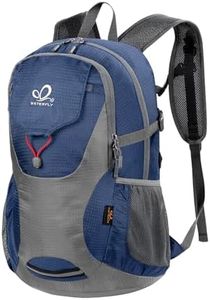We Use CookiesWe use cookies to enhance the security, performance,
functionality and for analytical and promotional activities. By continuing to browse this site you
are agreeing to our privacy policy
10 Best Small Day Backpack
From leading brands and best sellers available on the web.Buying Guide for the Best Small Day Backpack
Choosing a small day backpack may seem simple, but finding the right one really depends on your daily needs and activities. You want something comfortable, functional, and suitable for your typical outings, whether that's commuting, sightseeing, light hiking, or running errands. Pay attention to how and where you plan to use it most. Think about what essentials you usually carry and how organized you like your items to be. It's also important to try a backpack on if possible, as fit and comfort are very personal but make a big difference in everyday use.Capacity (Liters)Capacity tells you how much the backpack can hold, and it's usually measured in liters. For small day backpacks, this is usually between 10 and 25 liters. A backpack at the lower end, 10-15 liters, is great if you only need to carry a few basics like a wallet, water bottle, light jacket, and phone. If you have a bit more to carry, like lunch, a tablet or book, or gym gear, then 15-20 liters might be ideal. For those who like to be prepared for anything, or carrying a laptop, camera, or extra layers, 20-25 liters gives more space without being bulky. Think about your usual routine: do you travel light, or do you like to have extra room just in case?
WeightThe empty weight of the backpack influences overall comfort. Lighter packs are easier to carry and make sense for quick outings or if you’re moving around a lot. However, super lightweight models might not have as much padding or structure, which can affect comfort and protection for your belongings. Heavier packs often feel sturdier and may have more features but can get tiring if your needs are simple. Pick a weight that matches the duration and intensity of your activities—lighter for short, energetic trips, sturdier for carrying fragile items or wearing for longer periods.
MaterialThe material determines how durable and weather-resistant your backpack will be. Common materials include nylon and polyester, which are lightweight and good for daily use. If you expect to be outside a lot or in unpredictable weather, look for water-resistant or waterproof materials, or packs with an included rain cover. If you want something for tough use like hiking or biking, stronger weaves like ripstop or reinforced bottoms last longer. For everyday urban use, most standard materials work fine, but seek out water resistance for added peace of mind.
Compartments and OrganizationCompartments and pockets help keep your things organized and easy to access. A simple one-compartment pack works if you like to toss everything in together. Multiple pockets—inside and outside—are ideal if you carry small items like keys, pens, chargers, or want a specific place for a water bottle. Some packs include a padded sleeve for tech or special pockets for valuables. Decide if you need more organization or prefer simplicity; this depends on what you carry and how easily you want to find it.
Fit and ComfortComfort is often overlooked, but it's key for enjoying your backpack all day. Features like padded shoulder straps, a breathable back panel, and an adjustable chest strap make carrying more pleasant, especially if your load is on the heavier side. Try a pack on if possible, and see how it feels with some weight in it. The best fit will hug your back without pinching or wobbling. If you’re planning to wear the pack all day, comfort should be a priority, but for short trips or errands, minimal padding is usually sufficient.
Style and LooksWhile not a technical feature, the appearance of your pack might matter if you plan to use it at work, school, or in the city. Sleeker designs look more professional, while sporty or colorful packs may suit casual and outdoorsy routines better. Pick a style that makes you feel comfortable and confident wherever you go.
